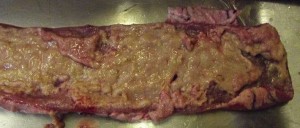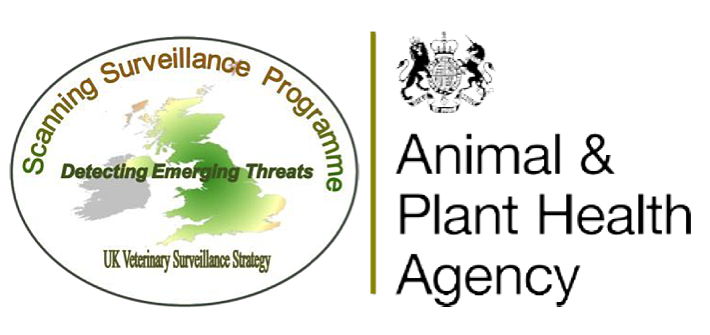A diagnosis of porcine circovirus 2 (PCV2)-associated reproductive disease was made at Thirsk following submission of several litters of mummified and stillborn piglets delivered at term, according to the APHA’s Pig Disease Surveillance Report for March 2015.
This is only the second case of the disease to be confirmed in the Great Britain, although it has been reported elsewhere in Europe and North America, and following experimental infection of pregnant sows.
The disease manifested on two linked units as severe stillbirth, mummification, embryonic death and infertility (SMEDI) with mummified pigs and stillbirths. There were no abortions and the sows were well.
PCV2 antigen was detected by immunohistochemistry associated with severe myocarditis lesions in foetal hearts. No other infectious agent was identified.
The units are now revaccinating replacement gilts for PCV2 prior to service.
Meanwhile, APHA’s Starcross facility has been investigating a problem of diarrhoea and deaths reported in batches of nine-month-old replacement gilts after arrival on a commercial outdoor breeding unit.
Six gilts had died in the past six batches delivered, deaths occurring about nine days after arrival. Two gilts were submitted to Starcross and both had a severe extensive necrotic enteritis, particularly affecting the distal small intestine and proximal large intestine.

Coccidial counts of 6,200 and 2,300 oocysts/gram were detected in caecal contents and Salmonella Reading was isolated from the intestinal contents of one. Intestinal histopathology confirmed coccidia as the main cause of the necrotic enteritis, and there was no evidence of involvement of Brachyspira species. Coccidiosis at this age is unusual in pigs and involves certain pathogenic Eimeria species.
When it does occur, it’s typically seen in a similar scenario to that present in this case; in replacement breeding pigs soon after moving onto commercial pig units. This is likely to be due to their exposure to a contaminated environment soon after arrival.
Outdoor training paddocks into which replacement breeding gilts are introduced on arrival can be a source of infection if used long-term.




